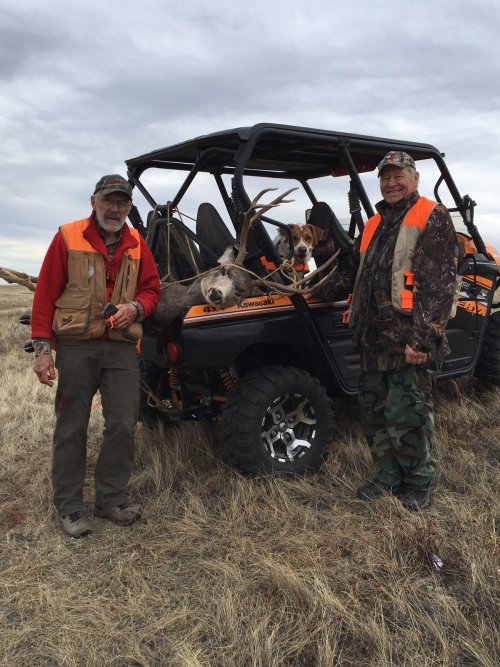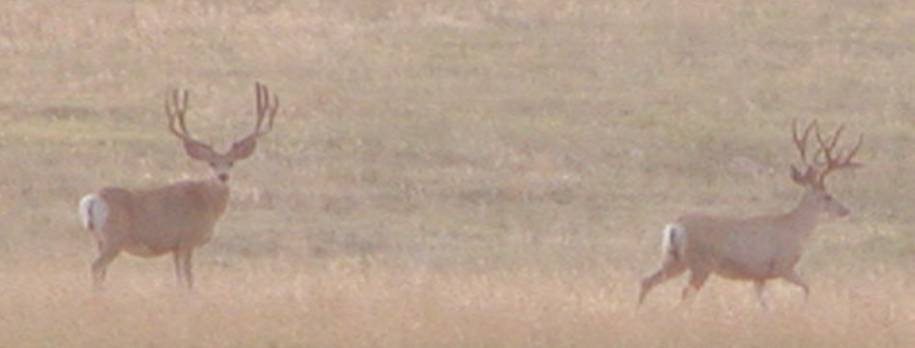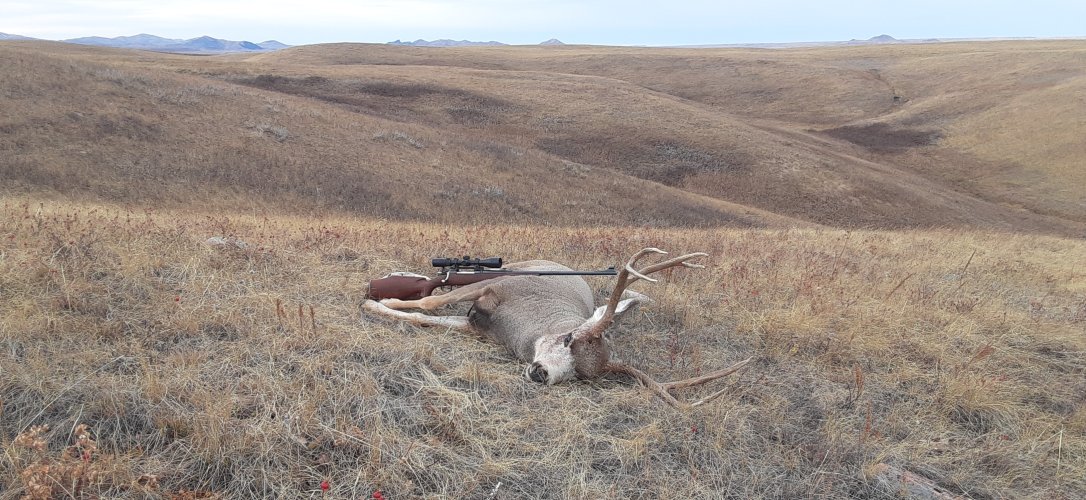Gerald Martin
Well-known member
- Joined
- Jul 3, 2009
- Messages
- 9,416
I agree that environmental issues have an effect, but it is not all about the environment. If it was every deer that spent its life on the irrigated alfalfa river bottoms should be a potential record book buck at age four. That is just not the case.
I may have been a bit too obtuse with my “environmental” concerns. Most bucks don’t have the lifespan to reach their genetic potential. There’s only a small minority of bucks that have the genetic capacity to be a record book buck. Even less if the majority of all bucks get shot by 3 1/2.
I don’t think Montana’s quality has anything to do with a decline in the quality of genetics. It’s almost completely a factor of bucks getting shot before they can top out with antler growth.







